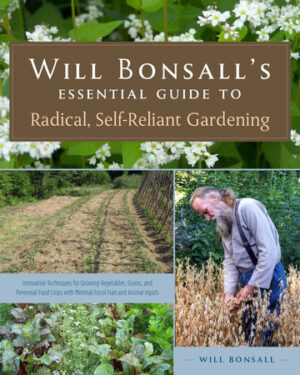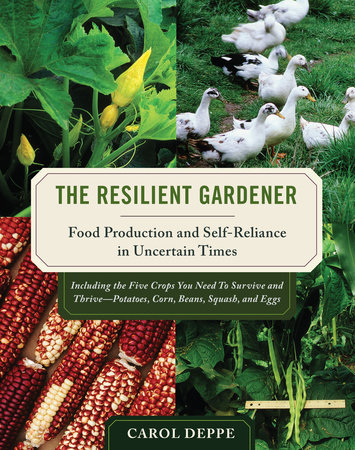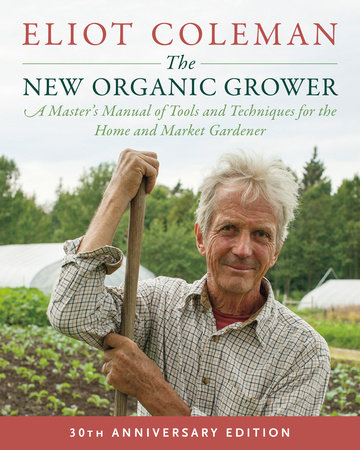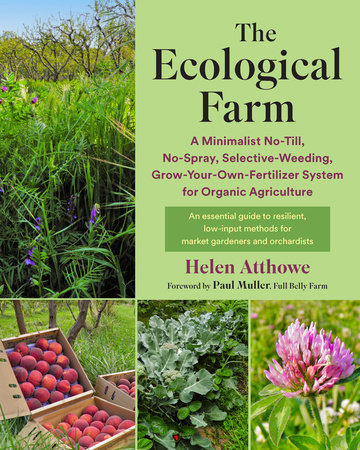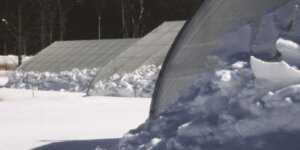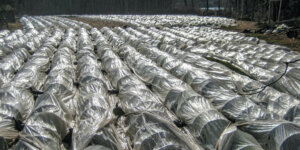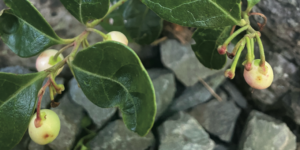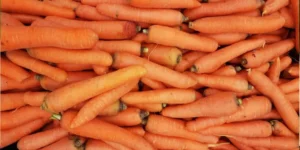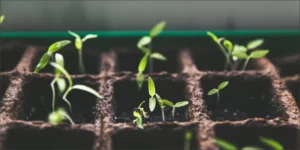Getting to the Root: Growing & Harvesting Carrots
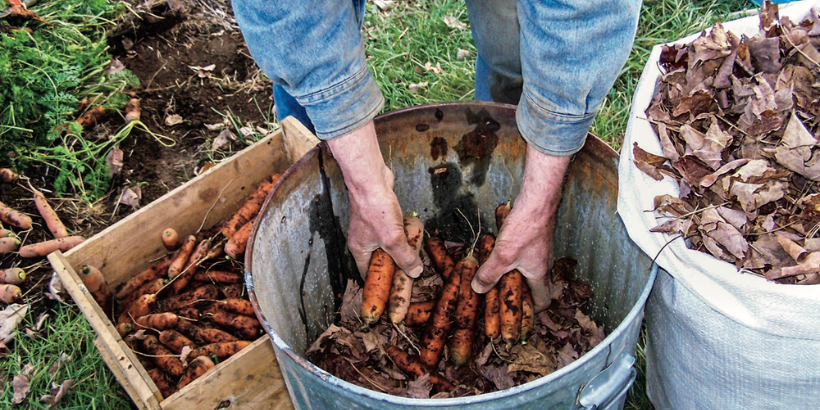
Curious about carrots? There is no better time than now to get to growing. Before you get started, check out these insights on growing & harvesting carrots from gardening expert Will Bonsall.
The following is an excerpt from Will Bonsall’s Essential Guide to Radical, Self-Reliant Gardening by Will Bonsall. It has been adapted for the web.
Growing Carrots: The Basics
From the beginning I have always found it easy to grow a decent crop of carrots. However “decent” isn’t what you should be aiming for, but rather something more superlative.
For example, if you want mostly large, well-formed carrots, the soil should be deeply dug and free from stones, because stones in the soil cause forked and twisted roots. Seedlings should be thinned to about 2 inches (5.1 cm) apart when less than 3 inches (7.6 cm) tall. Thinning later than that will be less effective and may disturb the remaining plants.
I try to keep the newly seeded bed well watered at least until the seed has germinated and usually for a week or two after. With earlier plantings nature usually takes care of that, but I often plant as late as summer solstice, when the soil may be too hot and dry for prompt and consistent germination without supplemental watering. Drought in the early stage can set back carrots badly. High humus levels help assure ample and consistent soil moisture.
Adding Fertilizer
Other than that the only fertilizer I add is some wood ash (perhaps 2 to 3 gallons, or 7.6–11.4 l, per bed). Much nitrogen should not be needed and in fact may be counterproductive. Nitrogen acts like a growth hormone, and while carrots in very rich soil may grow large quickly, they will often have poorer health, poorer flavour, and poorer storability than those carrots provided with proportionately more of the alkaline minerals (especially potassium).
You see, adequate potassium is needed for cell wall turgour; without it tissues become flaccid and weak and prone to invasion by most everything. Alkaline minerals are also linked to the formation and storage of sugars. Therefore carrots with ample minerals are sweeter, crisper, more disease-resistant, and longer keeping. Carrots grown with excess nitrogen tend to be resinous-tasting (due to terpenes) and quick to shrink in storage.
Getting to the Root of It
The part of the carrot we eat is not the whole tap-root; the little threadlike root that extends beyond the enlarged root is vital. It reaches for water that’s way beyond the storage part. This delicate root is easily damaged by burrowing insects or rodents, and when it is broken the plant loses its sense of direction: Without that radical dominance the root grows in every direction, producing the often banal-looking forms you see at fair exhibitions.
The plant may produce just as much root, but it’s more difficult to wash and use. That is why taproot plants like carrots, parsnips, beets, and turnips are so notoriously difficult to transplant: Even if the seedlings survive, the resulting roots will usually be deformed beyond use.
Storing & Harvesting Carrots
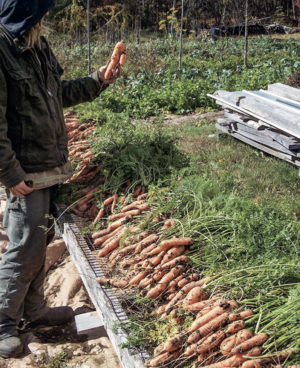
These are new only to the US market; they have been common in places like Cyprus, Syria, and Pakistan for centuries. The French and Dutch have done a great deal to advance the carrot to its modern splendour; I see no point in moving backward. My own priority is storage quality, and Scarlet Nantes fills that need to my satisfaction.
When to Harvest Carrots
I don’t harvest carrots until mid-October, partly because they make some of their finest, sweetest growth in those late weeks, but also partly because I store them, like my beets and rutabagas, in barrels of new-fallen maple leaves.
Probably any leaves would suffice, but maples are crisp and clean like crumpled paper and they make a nice cushion without imparting any flavour. Also, by then the root cellar has begun to cool down for better dormancy.
Carrot Storage Considerations
Speaking of carrots it has intrigued me how vulnerable to freezing they are in the garden compared with the gone-wild carrot, Queen Anne’s lace, in the neighbouring hay fields.
I wonder to what extent the latter is protected by the sod and how much is merely the resilience of wildness. Carrot deteriorates, or reverts, very quickly out of cultivation, which may demonstrate the superficiality of some of our domestication.
Recommended Reads
Recent Articles
No heated greenhouse? No problem! Discover the secrets to thriving winter gardening without breaking the bank.
Read MoreYear-round growth without the hefty price tag of a greenhouse? Low tunnels are the cost-effective and flexible solution you’ve been looking for. Grow year-round with low tunnels!
Read MoreWintergreen is the stunning evergreen groundcover that’s a game-changer for your garden! It’s cherished for its aromatic leaves, vibrant fall color & bright berries.
Read MoreGrow winter carrots for a sweeter & more flavorful harvest! Ditch the bland, store-bought carrots this winter! Grow your own winter carrots for a sweeter and more flavorful twist 🥕🥕
Read MoreSearching for the perfect book to give the homesteader in your life? We’ve got your go-to books for anyone interested in organic growing, permaculture, soil health, year-round growing & more! What’s their next great read?
Read More

